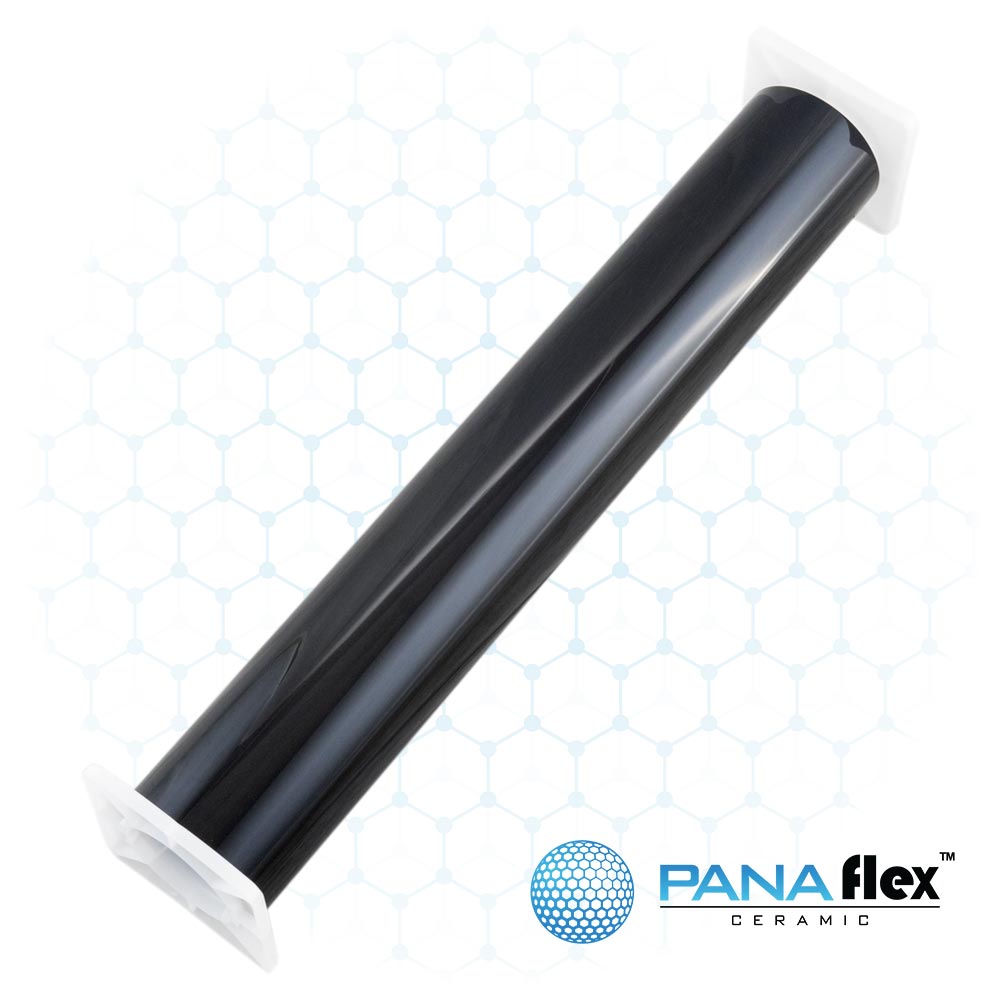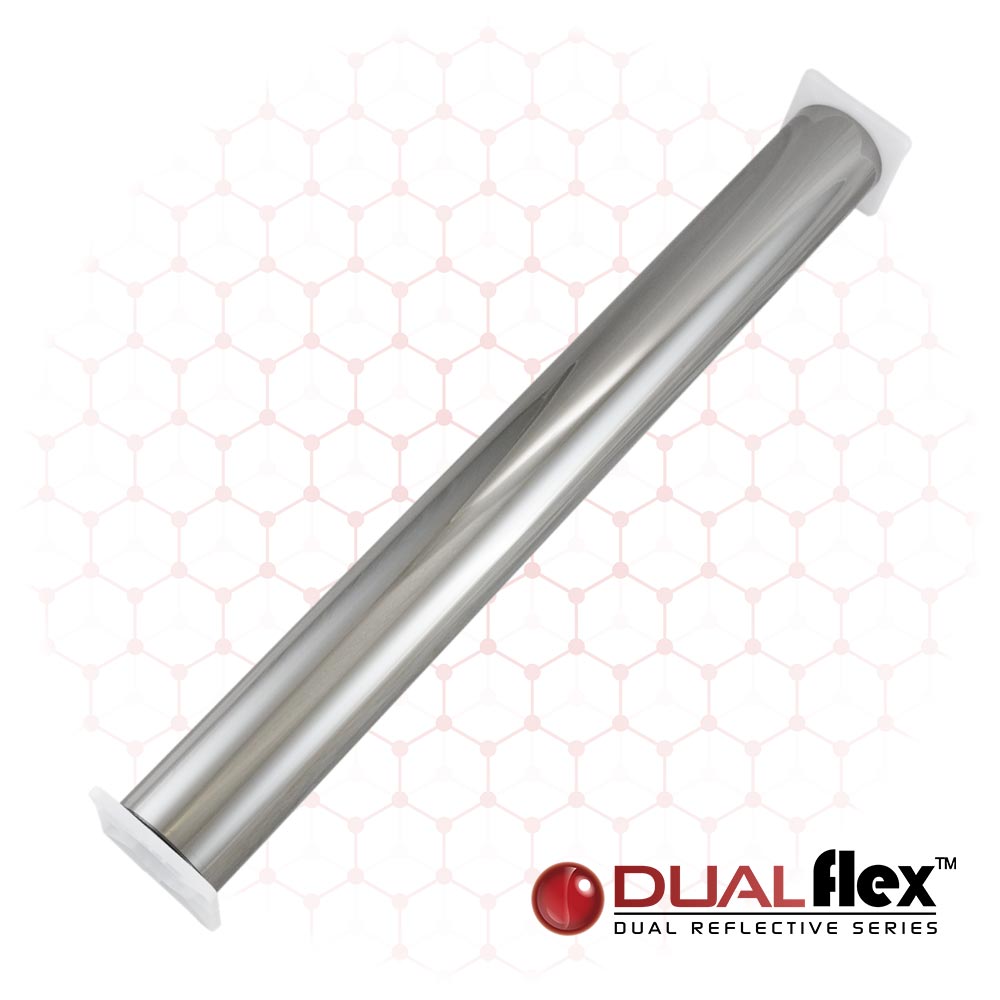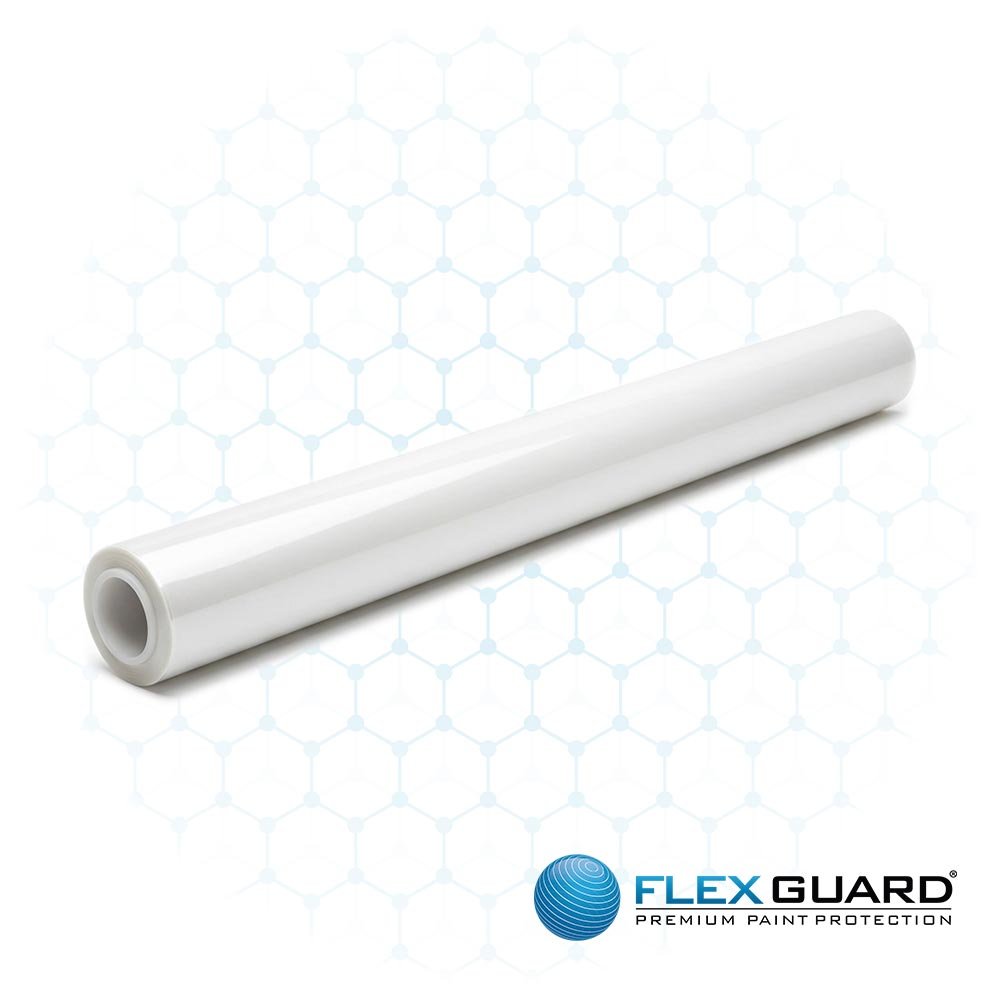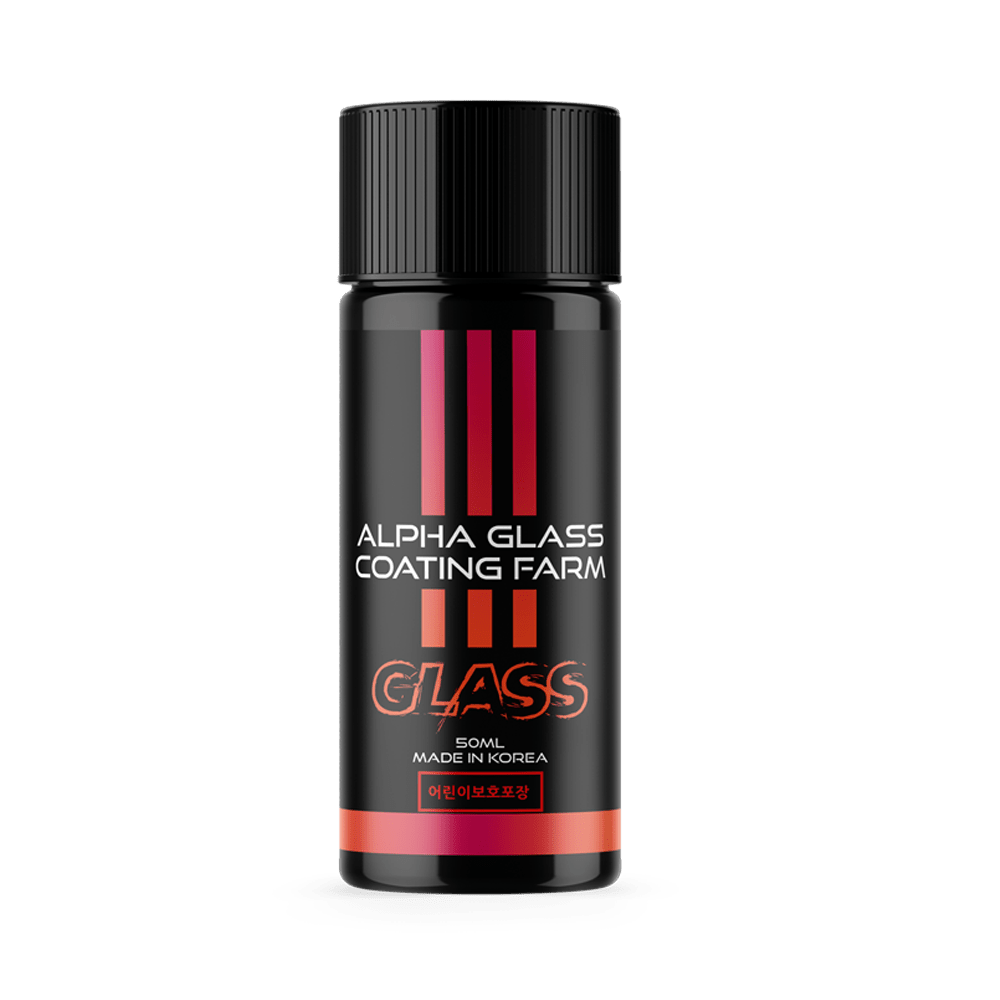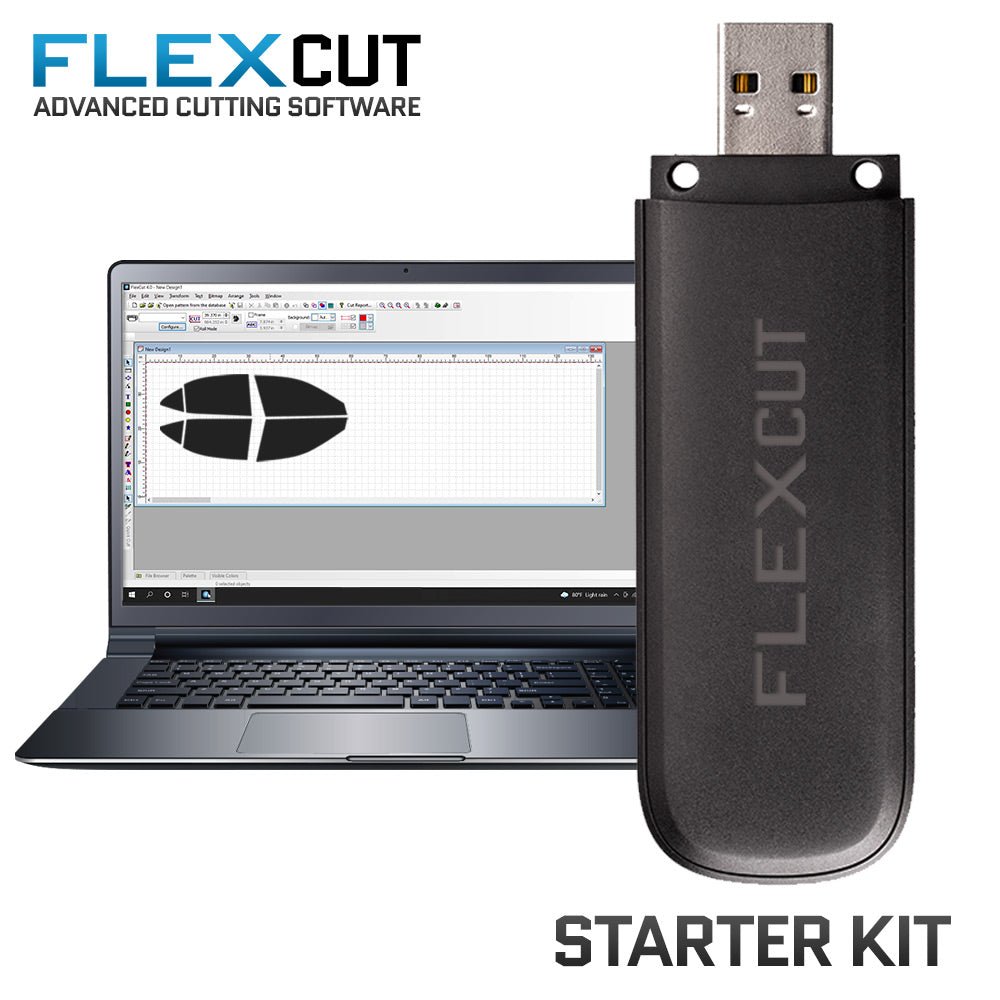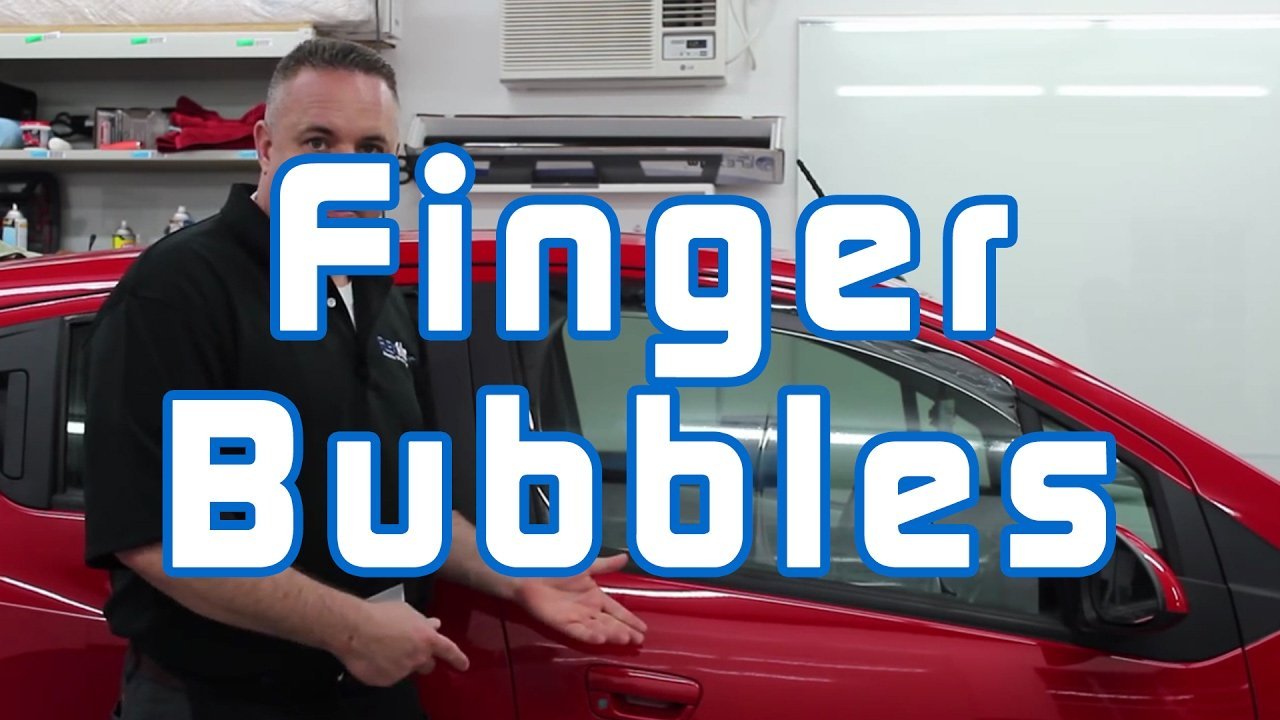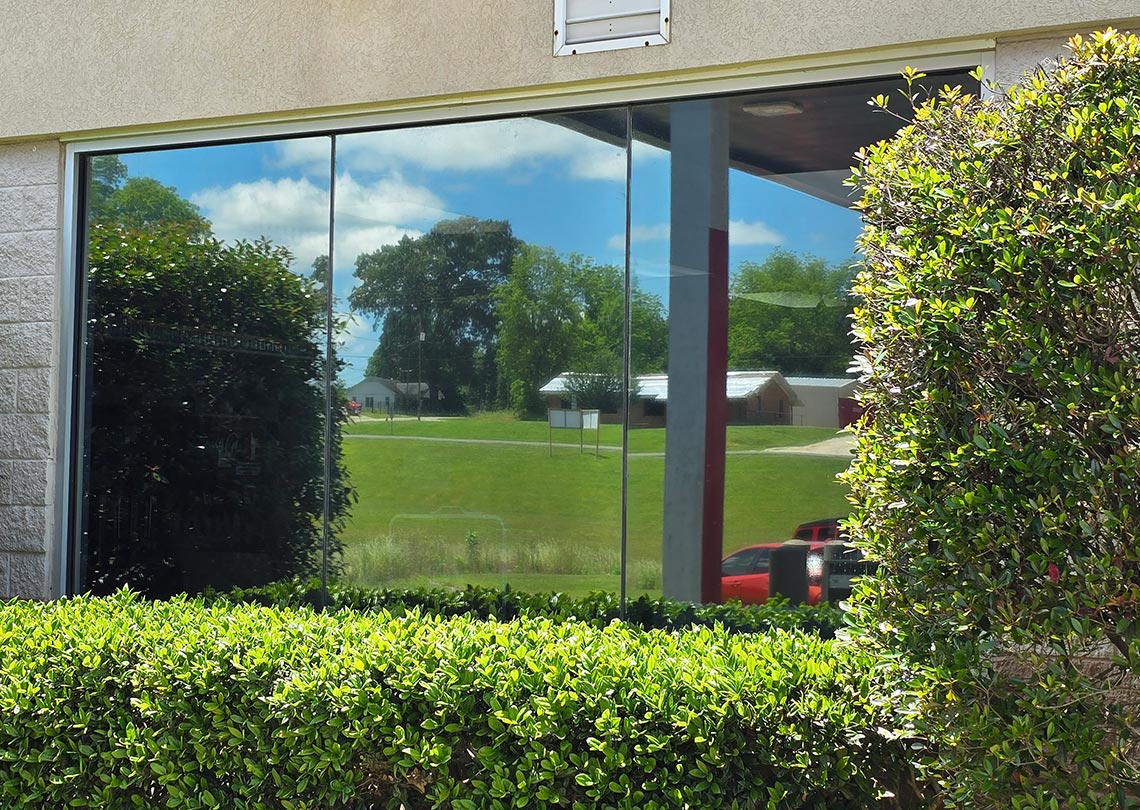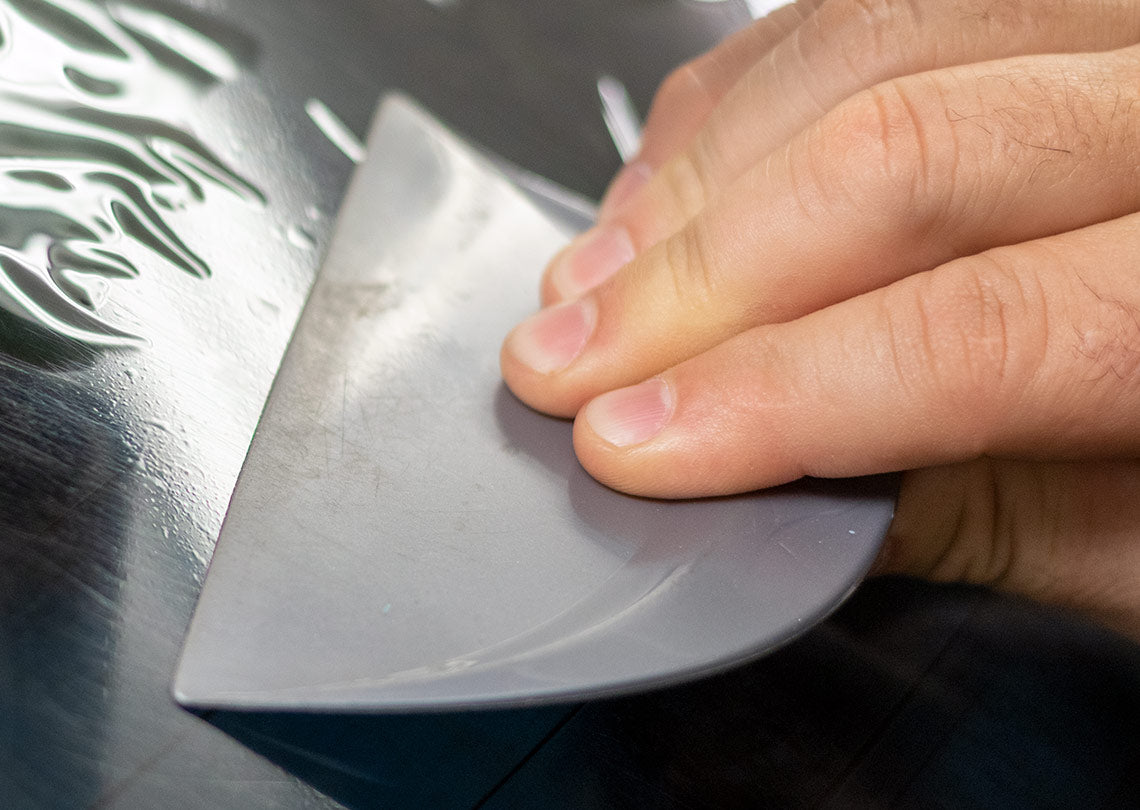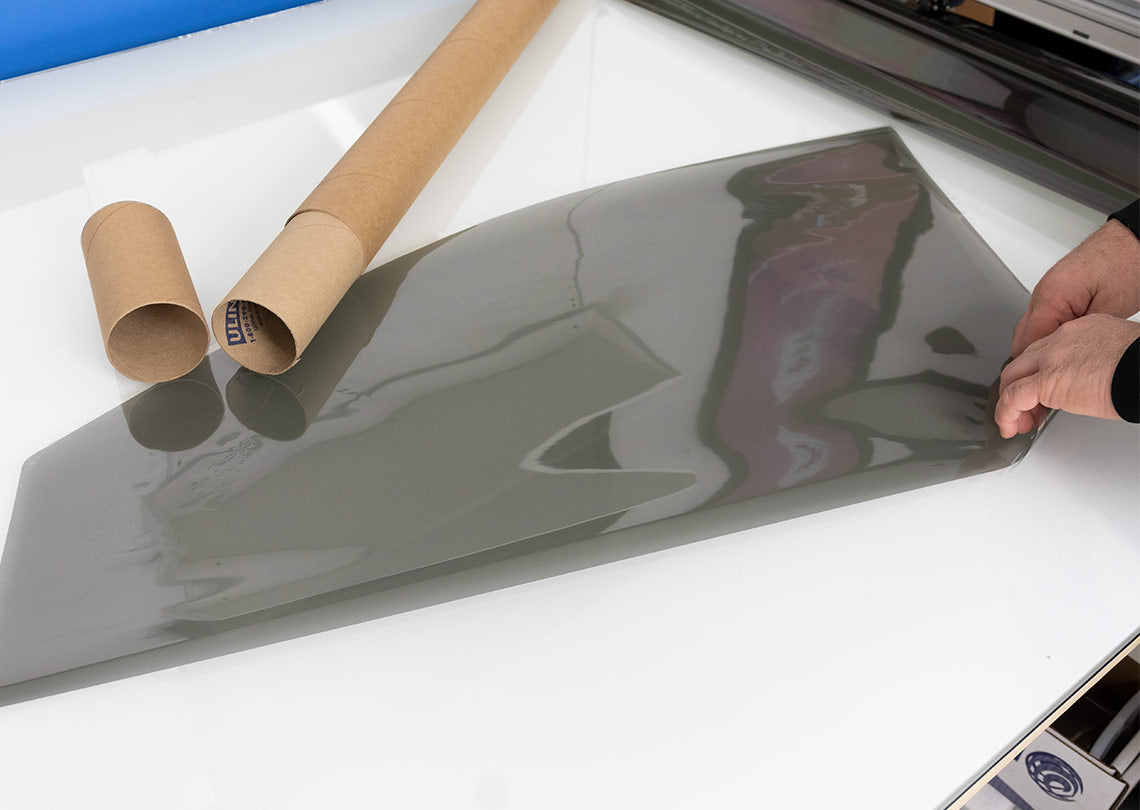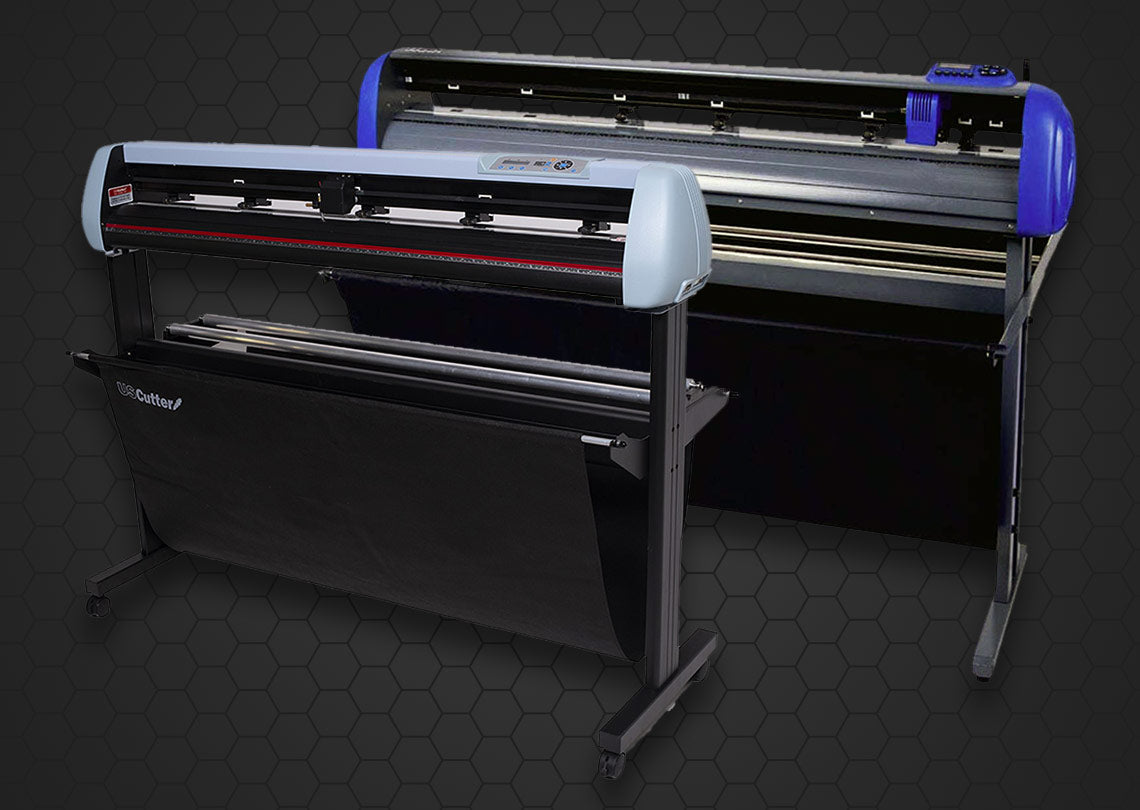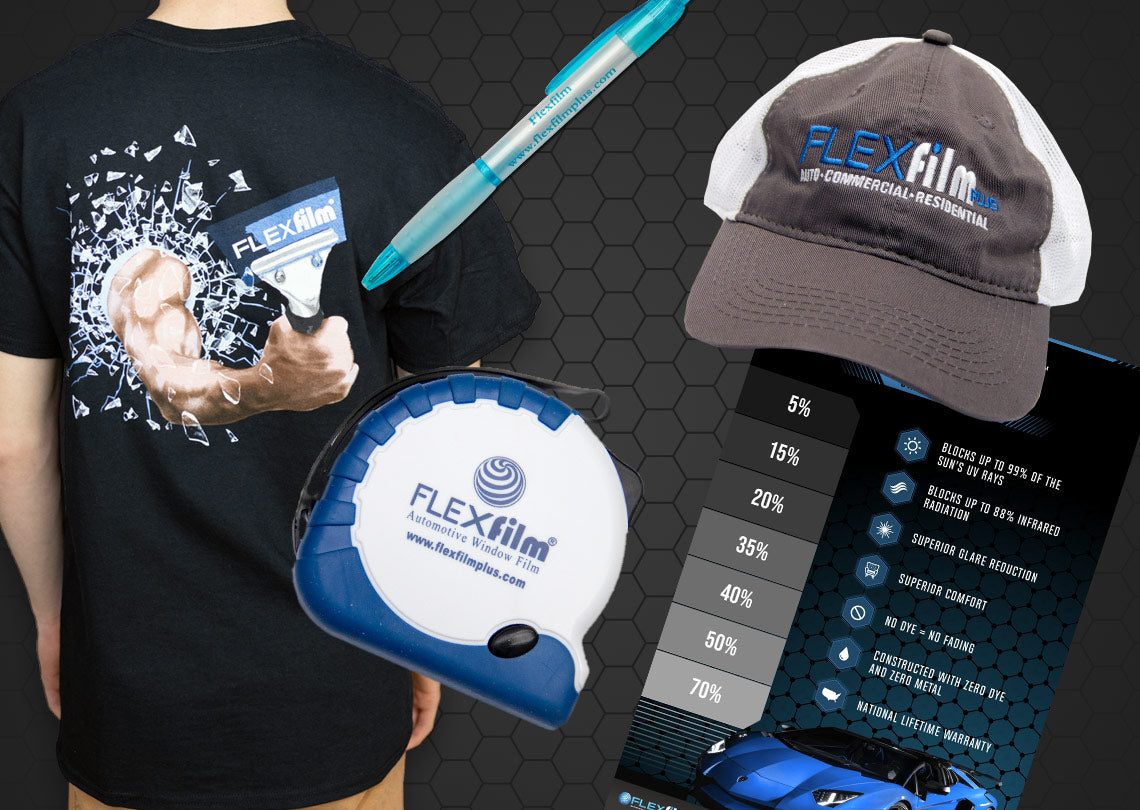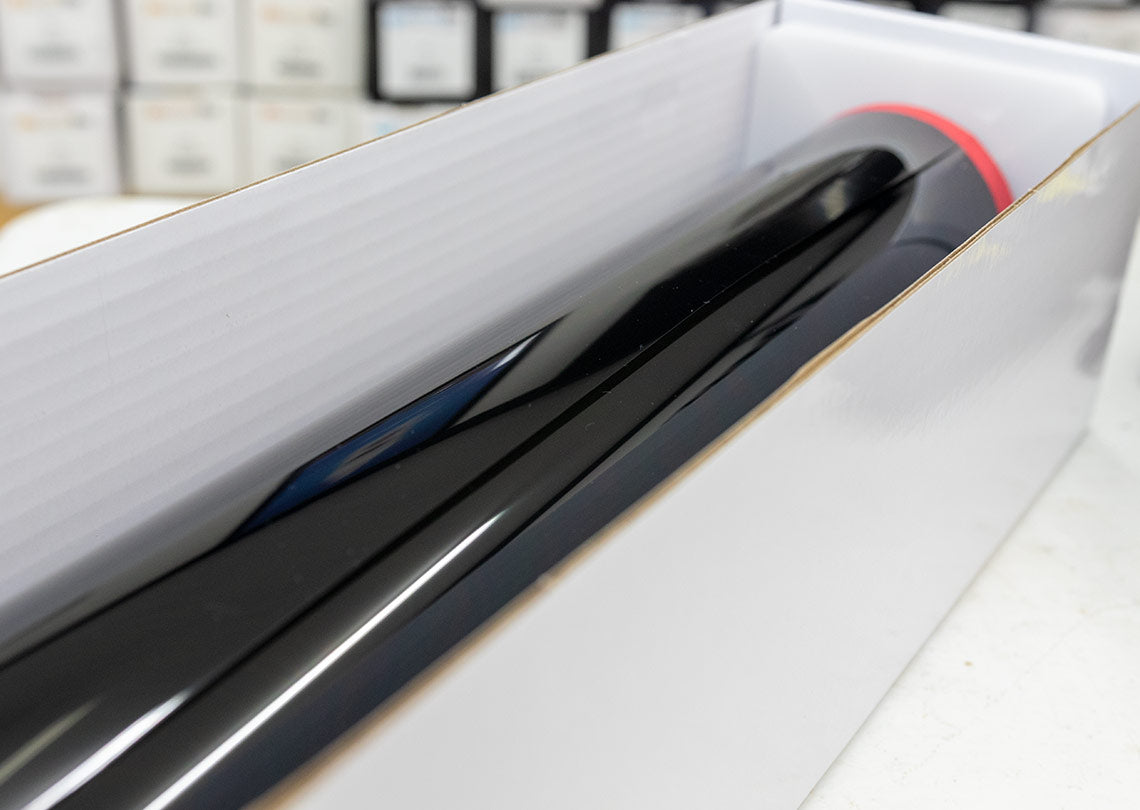Understanding Ceramic Window Film Performance

Brands love to flash data sheets—“99 % this, 80 % that”—but most of those numbers tell only part of the story. In day-to-day tint sales four measurement methods appear; two dominate the conversation (and often mislead), while the other two reveal the truth yet rarely get used. Here is how to spot the hype before it sticks to your glass.
The Spec Everyone Quotes: TSER
Total Solar Energy Rejection sounds iron-clad:
- Total — covers every wavelength
- Solar energy — visible, infrared, ultraviolet
- Rejection — energy reflected away
Unfortunately TSER only describes what happens on the outside surface. Automotive films absorb energy (they must stay dark and non-reflective for legal reasons), so TSER ignores how much of that absorbed heat migrates inward to bake your cabin. Great for flat-glass applications, not the full picture for cars.
Snapshot IR Numbers: The Horse-Race Problem
Spec sheets love a single IR figure—most grab it at 1,000 nm. Imagine photographing a marathon at mile 6 and declaring a winner:
- Dyed film looks solid early, then collapses as wavelengths lengthen.
- Carbon film holds pace through mid-miles, then fades.
- Carbon-ceramic film keeps sprinting to the finish.
Without the full curve, snapshot specs let marketers crown or bury any film they want.
The Tools That Never Lie
1. Full-Spectrum Graphs
Plot transmission from 300 nm (UV) to 2 ,500 nm (deep IR) and the winner is obvious:
| Wavelength Zone | Dyed Film | Carbon Film | Carbon-Ceramic Film |
|---|---|---|---|
| 300 – 700 nm (UV / Visible) | Similar block | Similar block | Similar block |
| 700 – 1,000 nm | Starts slipping | Outperforms dyed | Matches carbon |
| 1,000 – 2,500 nm | Lets ~100 % through | Blocks ≈ 50 % | Blocks nearly all |
The region beyond 1,000 nm is where cabins overheat—and where ceramic earns its price.
2. The Heat-Lamp Hand Test
Graphs can intimidate buyers; one 250-watt IR bulb plus your customer’s hand delivers the same verdict instantly. Whatever they feel behind each sample will match the spectral graph every time.
Key Takeaways
- TSER alone misses absorbed heat for automotive films.
- Single-point IR stats are snapshots—great for spin, bad for truth.
- Full-spectrum graphs or reputable third-party reports reveal the curve.
- Heat-lamp demos let the customer’s hand verify the data on the spot.
Overwhelmed by spec soup? Skip to the practical truth—put the film in a heat box and trust your nerves. Your hand never lies, and it never needs a glossary.
Reading next

Dealer Rewards
Start earning points that can be applied as store credit on your next online purchase.

Order Online 24/7
Shop our products online and check out anytime, 24/7, from anywhere!

Call To Order
Call us directly to place your order during business hours, Monday - Friday, 8:00 AM - 4:00 PM CST.
